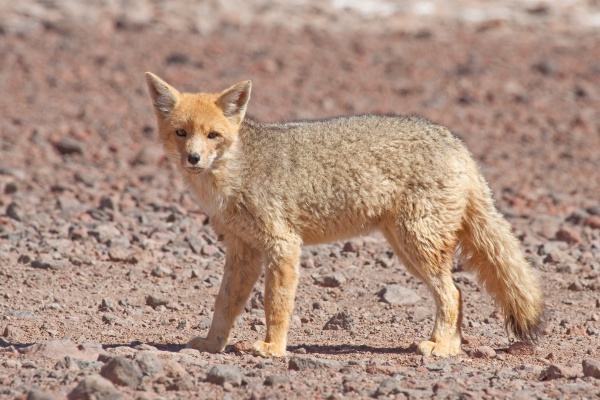Facts About Culpeo
The culpeo, also known as the zorro culpeo, Andean zorro, or Andean fox, is a fascinating species of fox native to South America. It is the continent's second-largest canid, trailing only the maned wolf. With its gray and reddish fur, white chin, reddish legs, and a faint stripe down its back, the culpeo bears a notable resemblance to the red fox.
Regarding its diet, the culpeo is quite the opportunistic feeder. It primarily preys on rodents, rabbits, birds, and lizards, but it also consumes plant material and carrion. Occasionally, it may even target sheep. Despite being hunted, the culpeo is not currently at risk of extinction.
Male culpeos typically weigh around 11.4 kg, whereas females are lighter, averaging about 8.4 kg. Their weight ranges from 5 to 13.5 kg. Including their tail, culpeos measure between 95 to 132 cm in length, with the tail itself being 32 to 44 cm long.
These adaptable animals inhabit a variety of environments across western South America, from Ecuador and Peru down to Patagonia and Tierra del Fuego. Some populations are also found in southern Colombia and the Falkland Islands. They thrive in ecosystems ranging from temperate rainforests to deserts, up to the tree line at elevations of 4,800 meters.
Culpeos are known for their diverse diet, which includes rodents, lagomorphs, domestic livestock, and young guanacos. They help control introduced rabbit populations by preying on them and are also known to scavenge carrion.
The mating season for the culpeo occurs between August and October. Following a gestation period of 55–60 days, females give birth to litters of two to five pups. The taxonomic classification of the culpeo has been a subject of debate, with its classification spanning various genera such as Dusicyon, Canis, Pseudalopex, and Lycalopex. Currently, it is most often classified under the genus Lycalopex or Pseudalopex.
The culpeo shares its habitat with other species like the puma, but their size difference helps mitigate competition. Culpeos are known to dominate potential competitors and even feed on the carrion of vicuñas. Interestingly, the culpeo was once domesticated to create the Fuegian dog, which unfortunately went extinct between 1880 and 1919.

 Argentina
Argentina